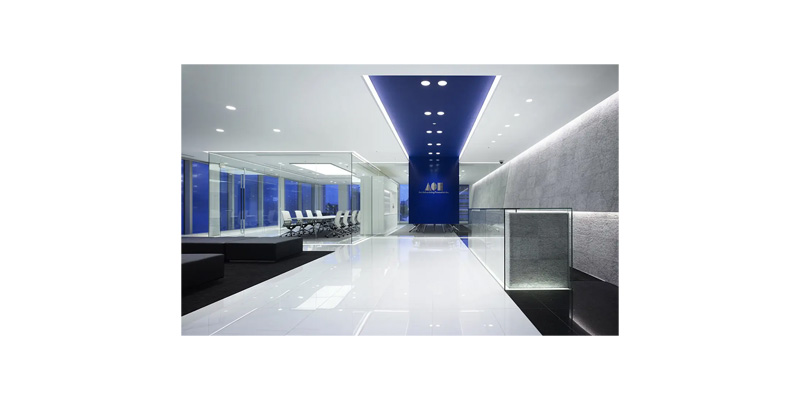
30 June 2025 | Glass Partitions Direct
What Are Acoustic Glass Partitions (and How Do They Work)
In office environments, creating spaces that offer both visual transparency and acoustic privacy can be a challenge.
That's where acoustic glass partitions come into play. These innovative partitions combine the benefits of glass, such as openness and natural light, with sound insulation properties, allowing for effective noise control within the workplace. In this article, we will explore what acoustic glass partitions are and how they work.
Acoustic glass partitions, also known as soundproof glass partitions, are specially designed partitions that provide sound insulation while maintaining the aesthetic appeal of glass. These partitions are constructed using multiple layers of glass, often with varying thicknesses, and an interlayer that helps reduce sound transmission. The primary goal is to create a barrier that effectively blocks or absorbs sound waves, reducing noise transfer between different areas of the office.
The key principle behind the effectiveness of acoustic glass partitions lies in their ability to disrupt the transmission of sound energy. The multiple layers of glass act as a barrier to sound waves, preventing them from easily passing through. The air gaps between the glass layers further help in absorbing and dissipating sound energy. Additionally, the interlayer, typically made of a specialized material like PVB (polyvinyl butyral), provides additional sound insulation properties.
To achieve optimal sound reduction, acoustic glass partitions are designed and manufactured with precision. The thickness and composition of the glass layers, as well as the interlayer material, are carefully selected to achieve the desired acoustic performance. The partitions are also sealed tightly to minimize any air gaps or potential sound leakage.
The effectiveness of acoustic glass partitions is typically measured in terms of Sound Transmission Class (STC) rating. STC measures the ability of a partition to block sound, with higher values indicating better sound insulation. Acoustic glass partitions can achieve STC ratings ranging from 40 to 50 or higher, depending on the specific design and construction.
By incorporating acoustic glass partitions into office spaces, businesses can create zones that offer both visual connectivity and acoustic privacy. These partitions are particularly useful in areas where confidential discussions, meetings, or focused work take place. They allow for the transmission of natural light, maintain a sense of openness, and enhance the overall aesthetic appeal of the office, all while effectively controlling noise transfer.
It's important to note that while acoustic glass partitions provide significant sound reduction, they may not completely eliminate all noise. Factors such as the design of the office, the type of glass used, and the installation quality can affect the overall acoustic performance. It's advisable to consult with professionals who specialize in acoustic design and installation to ensure the best results.
In conclusion, acoustic glass partitions offer a practical and visually appealing solution for controlling sound transmission in office environments. By combining the benefits of glass with sound insulation properties, these partitions create spaces that promote privacy, productivity, and comfort. Whether used in meeting rooms, private offices, or collaborative areas, acoustic glass partitions provide an effective means of balancing openness and acoustic control within the workplace.